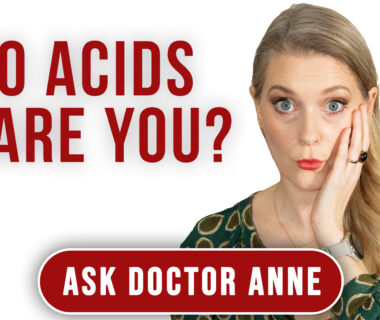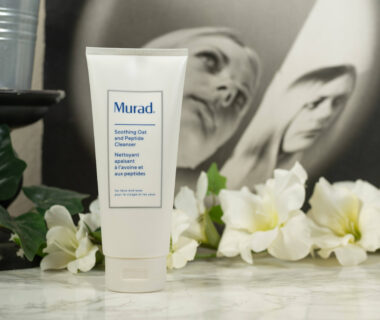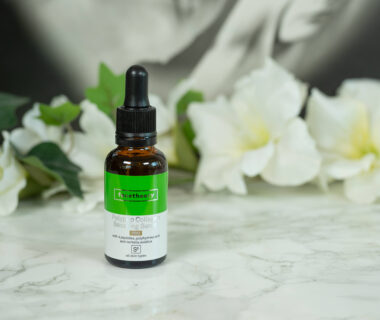ADVERTISEMENT INFO: SOME PRODUCTS MENTIONED IN THIS POST ARE PR (GIFTED) AND LINKS USED ARE AFFILIATE LINKS. I RECEIVED NO MONEY TO WRITE THE BLOGPOST. PLEASE READ DISCLAIMER
Hydrated skin is really important for optimal barrier function and exfoliation, and I bet you already know that humectants play an important role in achieving that. But while you might be familiar with Hyaluronic Acid and Glycerin already, have you heard of Natural Moisturizing Factors?

Today I want to talk about what they are, where they come from and what happens if levels get low!
What are Natural Moisturizing factors?
Natural Moisturizing factors or short: NMF are a group of substances our body produces naturally that act as humectant. They take their role as humectants so seriously that they completely dissolve in water when they are saturated, forming ionic bonds with Keratin fibers that reduce the intermolecular forces they are exposed to or in other words: They increase skin elasticity and prevent cracking or flaking commonly associated with dry or dehydrated skin. (More info: How to deal with dry, flaky skin in winter)
Within this group you will find Amino Acids – you might remember they are the building blocks of proeins and peptides, also interesting when it comes to skincare, are made up of several amino acids paired. (More info: The benefits of peptides in skincare explained) Amino acids make up around 50 % of all NMF. The next two are Pyrrolidone Carboxylic Acid, short PCA, and Lactic Acid, both at around 12 %. Yes, Lactic Acid that you probably know as exfoliant, also acts as humectant in the skin, one of the reasons it is often recommended over Glycolic Acid for dehydrated skin. (More info: The benefits of exfoliating acids in skincare explained) The last one I want to mention separately is Urea, which also has keratolytic effect when used at concentrations of 10% or higher, something you will often find in foot creams or products aimed at Keratosis pilaris. (More info: How to deal with Keratosis Pilaris)
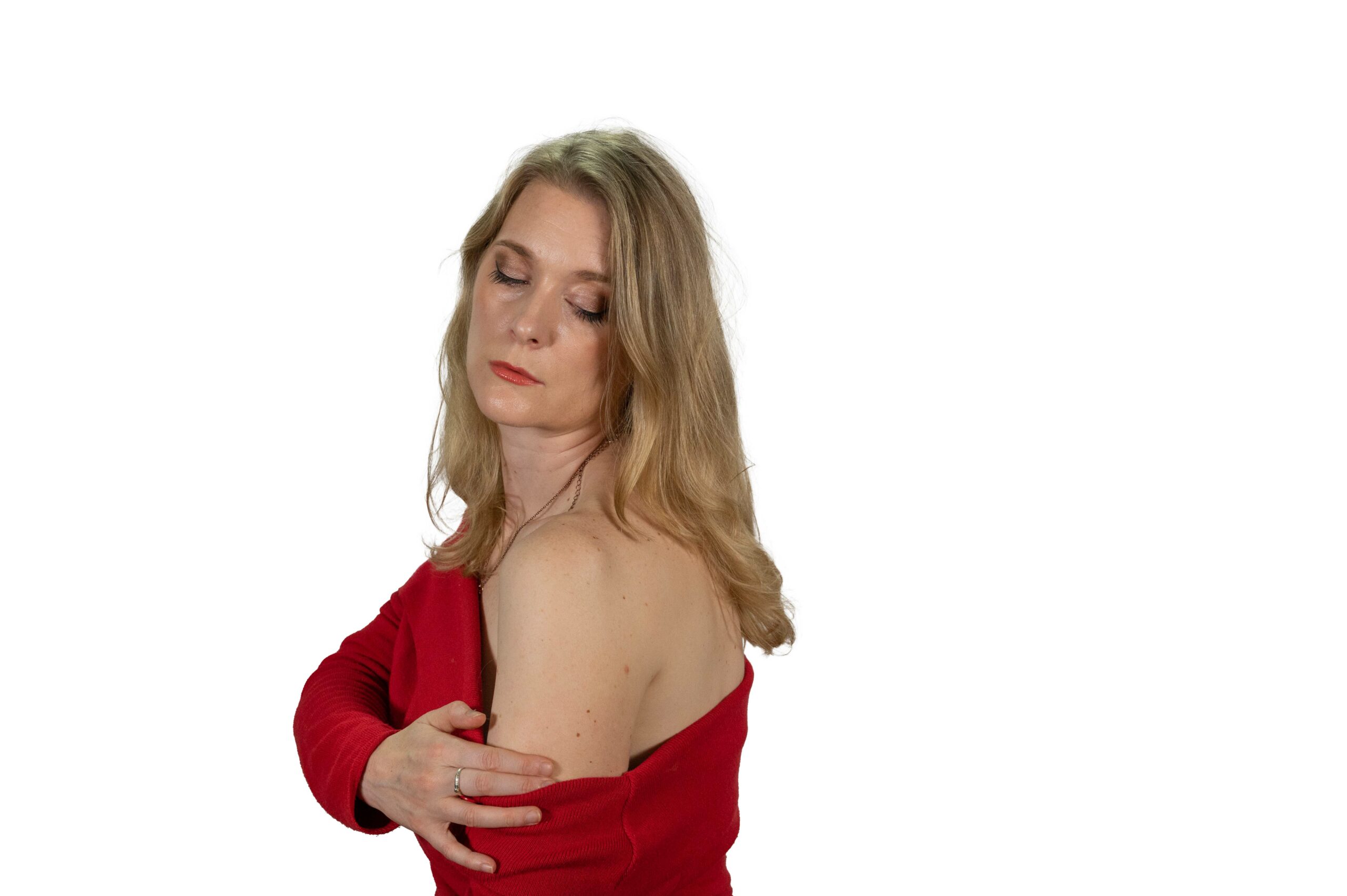
Where do Natural Moisturizing Factors come from?
The NMF are made by breaking down Fillagrin, or more precise Profillagrin, the precursor. Profillagrin can be found in keratohyalin granules of the Stratum granulosum, and as the granular cells turn into cornified cells and start their maturation journey up through the different layers of the skin, this quite big molecule gets broken down first to Fillagrin, which pulls together filaments and creates part of the surrounding structure that keeps the corneocytes in their flattened shape. Once the whole process reaches the upper layers of the stratum corneum, Fillagrin gets broken down even further into the NMF.
The interesting part here is that the environment influences where in the stratum corneum this creation of NMF starts: In a humid environment it starts later than it does in a dry environment, meaning that when it is dry around you, you start quicker to produce NMF so they can hydrate the deeper layers of the skin already.
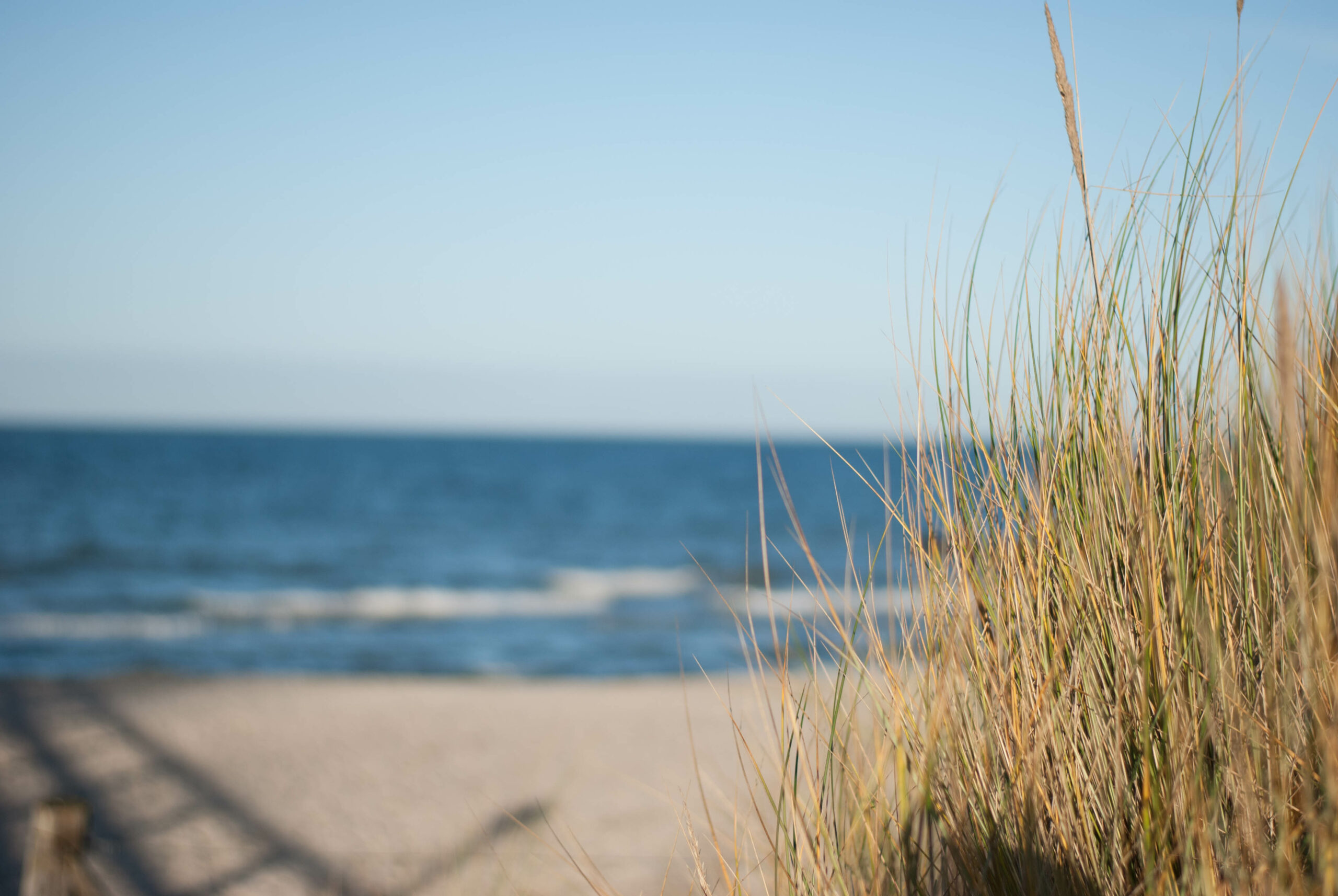
What happens if you don’t have enough Natural Moisturizing Factors?
Natural Moisturizing Factors are essential for maintaining skin hydration – approximately one third of water in the stratum corneum is bound to them in healthy skin, while the rest is present as free water content. Increasing just the amount of free water has no effect on skin elasticity, emphasizing the importance of NMF to bind that water for optimal function. Many skin enzymes require a certain level of hydration to function properly, so a lack of hydration leads to malfunctions in shedding of the cells or exfoliation, so dull, flaky skin and dry patches.
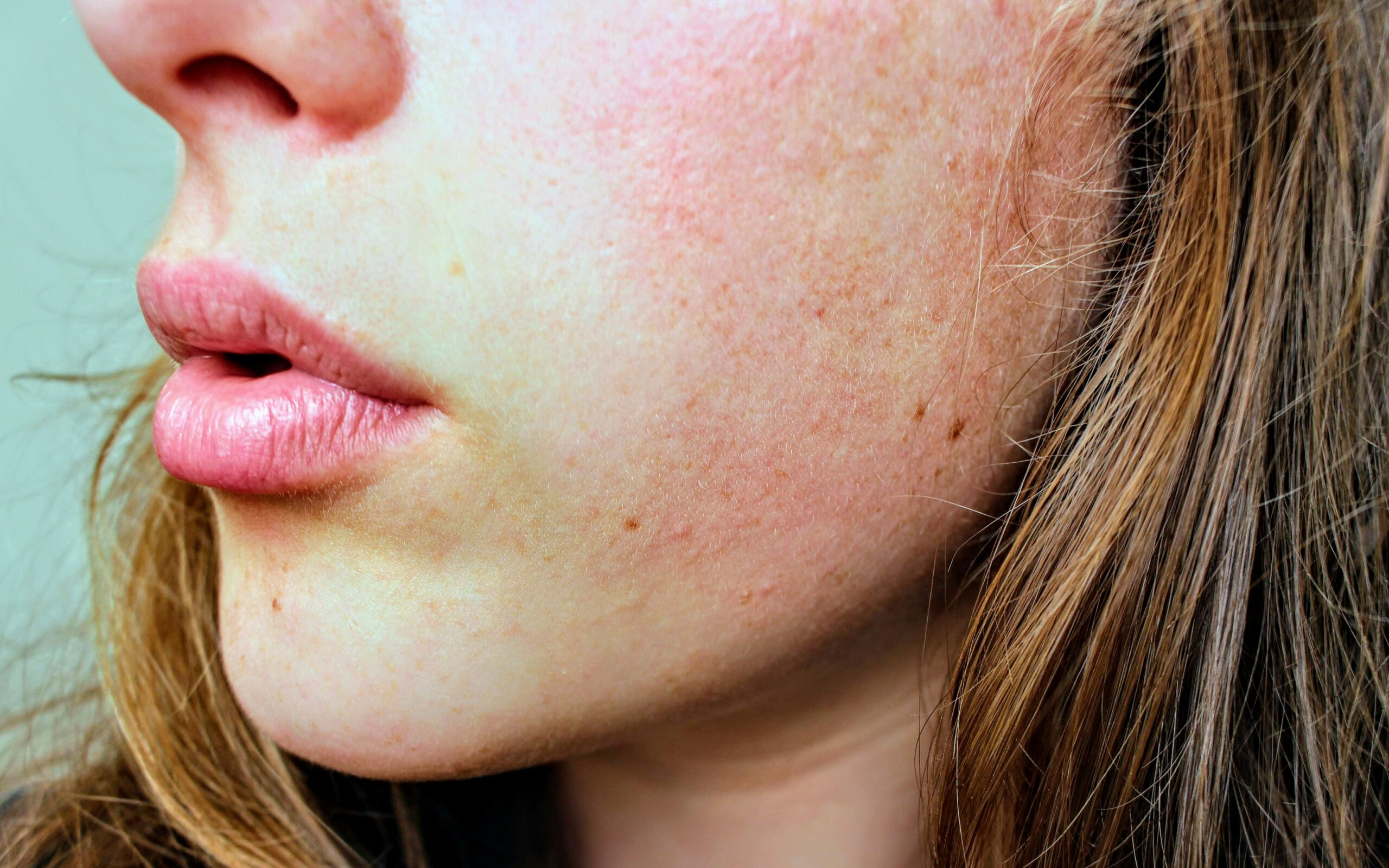
What influences the production of Natural Moisturizing Factors?
If the breakdown of Fillagrin, also called proteolysis, is not working properly, it results in a reduction of the amount of NMF you have in your skin. The reasons for that are different. It can be due to a genetic condition that changes either the Fillagrin itself or the process of breaking it down, leading to insufficient building of NMF, which is for example found in Atopic Dermatitis and Psoriasis. (More info: Is a damaged skin barrier the reason for Atopic Dermatitis? and Everything you need to know about Psoriasis)
Other factors that reduce the amount of NMF are overuse of stripping skincare products that basically wash them out, environmental factors like UV exposure that affects the Fillagrin breakdown and our all time favorite, aging. In aging skin the amount of Profillagrin produced declines, leading to less Fillagrin to be broken down and consecutively to less NMF with skin more prone to dryness.
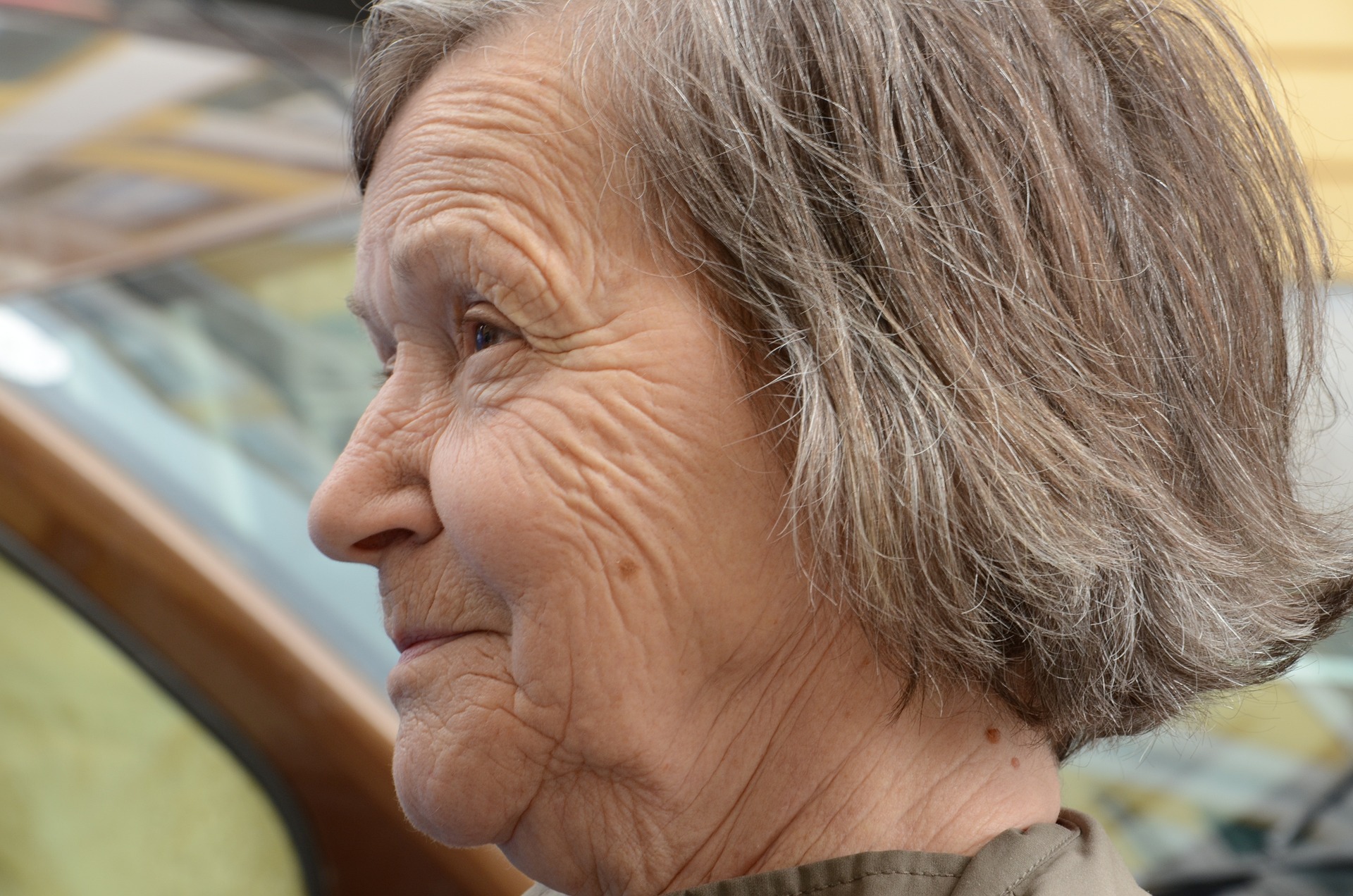
How can you best replace Natural Moisturizing Factors?
With the Natural Moisturizing Factors you actually have a skin substance that can easily be applied topical and get to where it needs to go, which is the upper layer of the skin, so basically: Put on a moisturizer, that will help.
While there is not one ideal ratio, you can usually not go wrong when looking for a product rich in PCA and Amino Acids. From the Amino Acids especially Arginine is an interesting one, as it is not only a humectant in itself, but also precursor to Urea and PCA. Of course preventing excessive loss of NMF through protection from UV radiation or overuse of stripping skincare is always a good idea, but unlike other things they are really easy to replace.
I don’t have a list of product recommendations for you as quite frankly you’d be hard pressed to find a face cream that does NOT contain at least a few NMF in its ingredient list. If you are using a moisturizer, you are most likely already using NMF.
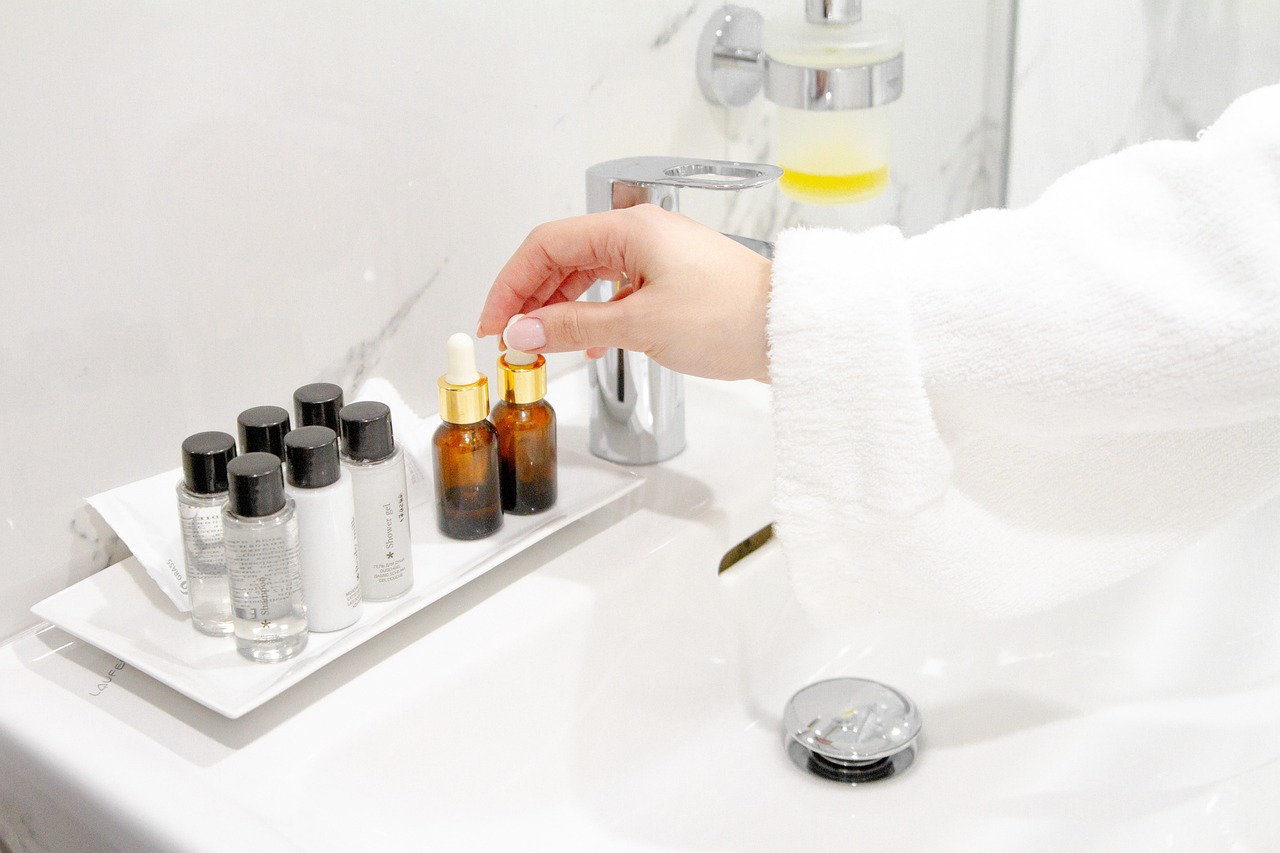
Image by olga volkovitskaia from Pixabay
TL;DR
Natural Moisturizing Factors or NMF are a group of substances our body produces by breaking down Fillagrin in the skin as the skin cells make their way up to the skin surface. They are humectants and responsible for skin elasticity as well as optimal exfoliation and barrier function. To this group belong Amino Acids, Pyrrolidone Carboxylic Acid or PCA, Lactic Acid and Urea. Their reduction, both due to genetic conditions, the natural aging process, UV exposure or overuse of stripping skincare, leads to dry skin and disrupted exfoliation with flaky and dull patches. As they work in the upper part of the skin, they can easily be replenished by a moisturizer. There is no need to look for specific products as one or more of them are present in almost all moisturizers you can get on the market.
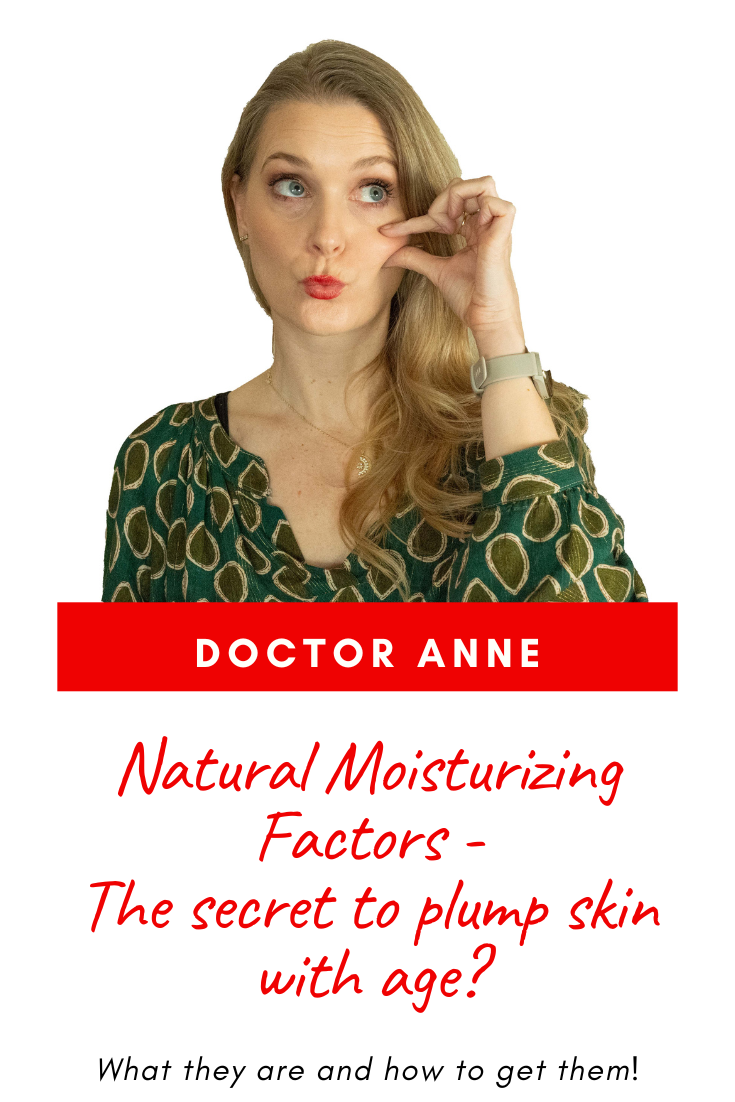
Shop my favorite products here
Don’t forget to check out the Discount Code Page on top if you want to save some money on your next skincare purchase.
If you want to get more involved and pick my next topics or see exclusive behind the scenes content, don’t forget you can head over here and become a YouTube Channel Member!
